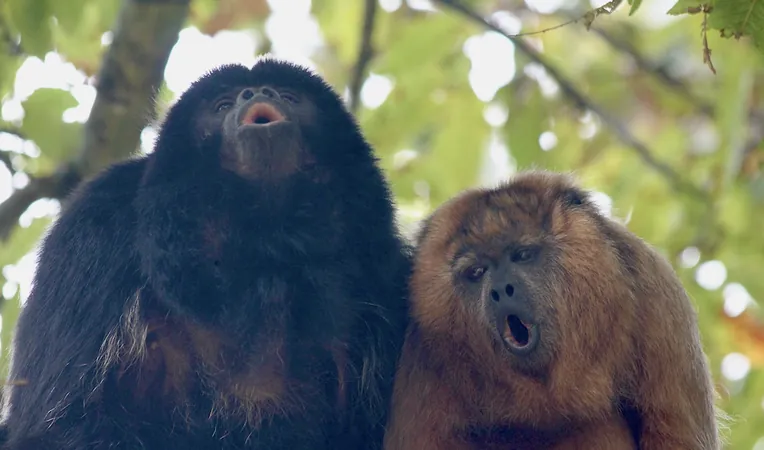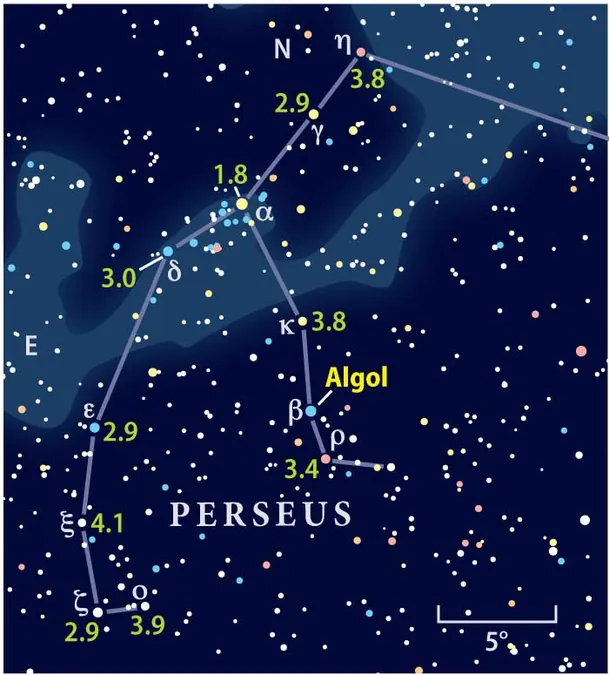
Unraveling the Secrets of Monkey Yodeling: What Humans Can’t Match
2025-05-16
Author: Ming
The Enigmatic Sounds of the Rainforest
In the dense embrace of the rainforest, monkey yodeling resonates—a symphony of calls that pulse through the greenery, conveying messages of mating and survival. For years, scientists have been intrigued by these vocalizations, but only recently have they begun to unlock the mysteries of how these primates produce such remarkable sounds.
A New Study Reveals the Mechanics of Monkey Calls
A groundbreaking study shines light on how monkeys create calls characterized by abrupt frequency shifts, resembling the human art of yodeling. Researchers delved into the unique vocal anatomy of these monkeys, particularly focusing on vocal membranes, fine tissues that sit above their vocal folds. Unlike humans, who possess only vocal folds (or cords), monkeys have these additional membranes, which play a crucial role in sound production.
The Science Behind the Sound
Jacob Dunn, an evolutionary biologist at Anglia Ruskin University and co-author of the research, commented, We knew about these vocal membranes, but their function had remained largely unexamined. Through innovative methods, including acoustic recordings and electroglottography, researchers were able to confirm that monkeys' ability to oscillate between low-frequency and high-frequency sounds stems from their unique vocal structure. This capability enables them to rapidly alternate between notes, creating a yodeling effect that far exceeds the range typical of human vocalists.
Astonishing Vocal Range
In fact, one recording captured an incredible frequency jump of 12 times—equivalent to 43 semi-tones, or around three and a half octaves. In stark contrast, human yodelers rarely surpass a single octave. Dunn attributes this remarkable vocal ability to the complex social dynamics of monkey life, where a diverse range of sounds aids in navigating their intricate relationships within the rainforest.
Why Monkey Sounds Are So Effective
Dunn elaborates that these vocalizations likely serve to attract attention, much like a crying baby. This phenomenon, he notes, may have evolved to be especially attention-grabbing, crucial for a social species.
The Research Journey
Conducted primarily at La Senda Verde, a wildlife refuge in Bolivia, researchers studied hand-reared monkeys such as black-and-gold howler monkeys and tufted capuchins. They used noninvasive sensors to track throat movements and gain insights into how these primates produce their sounds. Additionally, experiments with the larynges of tufted capuchins helped reveal the mechanics behind their impressive vocal range.
Human Speech: A Different Evolutionary Path
These findings underscore a significant divergence in the evolution of human and monkey vocalization. Although vocal membranes enhance monkeys' pitch range, they can destabilize their voice, a trait humans have sacrificed for the sake of clearer speech. Dunn notes that unlike monkeys, whose vocal gymnastics allow for dramatic shifts in tone, human communication thrives on stability and clarity.
The Broader Implications for Vocal Science
Melody Walker, a Grammy-winning singer-songwriter, emphasizes the implications of this research for vocal science at large. Her recognition of similar vocal techniques across cultures highlights humanity's enduring connection to our primate ancestry. The study suggests that even as humans evolved, the remnants of our vocal heritage still resonate through our singing.
Conclusion: A Rich Acoustic Legacy
As researchers continue to unravel the mysteries of monkey yodeling, they reveal not just the complexity of these animals’ communications but also offer insights into our own vocal capabilities. Perhaps singing, where diverse voice registers are employed, celebrates the rich acoustic legacy that we share with our primate relatives.




 Brasil (PT)
Brasil (PT)
 Canada (EN)
Canada (EN)
 Chile (ES)
Chile (ES)
 Česko (CS)
Česko (CS)
 대한민국 (KO)
대한민국 (KO)
 España (ES)
España (ES)
 France (FR)
France (FR)
 Hong Kong (EN)
Hong Kong (EN)
 Italia (IT)
Italia (IT)
 日本 (JA)
日本 (JA)
 Magyarország (HU)
Magyarország (HU)
 Norge (NO)
Norge (NO)
 Polska (PL)
Polska (PL)
 Schweiz (DE)
Schweiz (DE)
 Singapore (EN)
Singapore (EN)
 Sverige (SV)
Sverige (SV)
 Suomi (FI)
Suomi (FI)
 Türkiye (TR)
Türkiye (TR)
 الإمارات العربية المتحدة (AR)
الإمارات العربية المتحدة (AR)